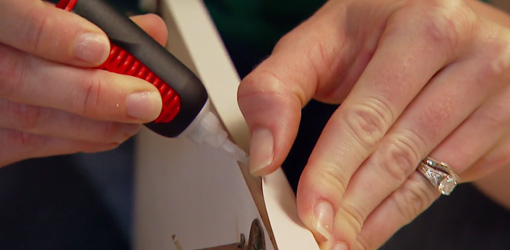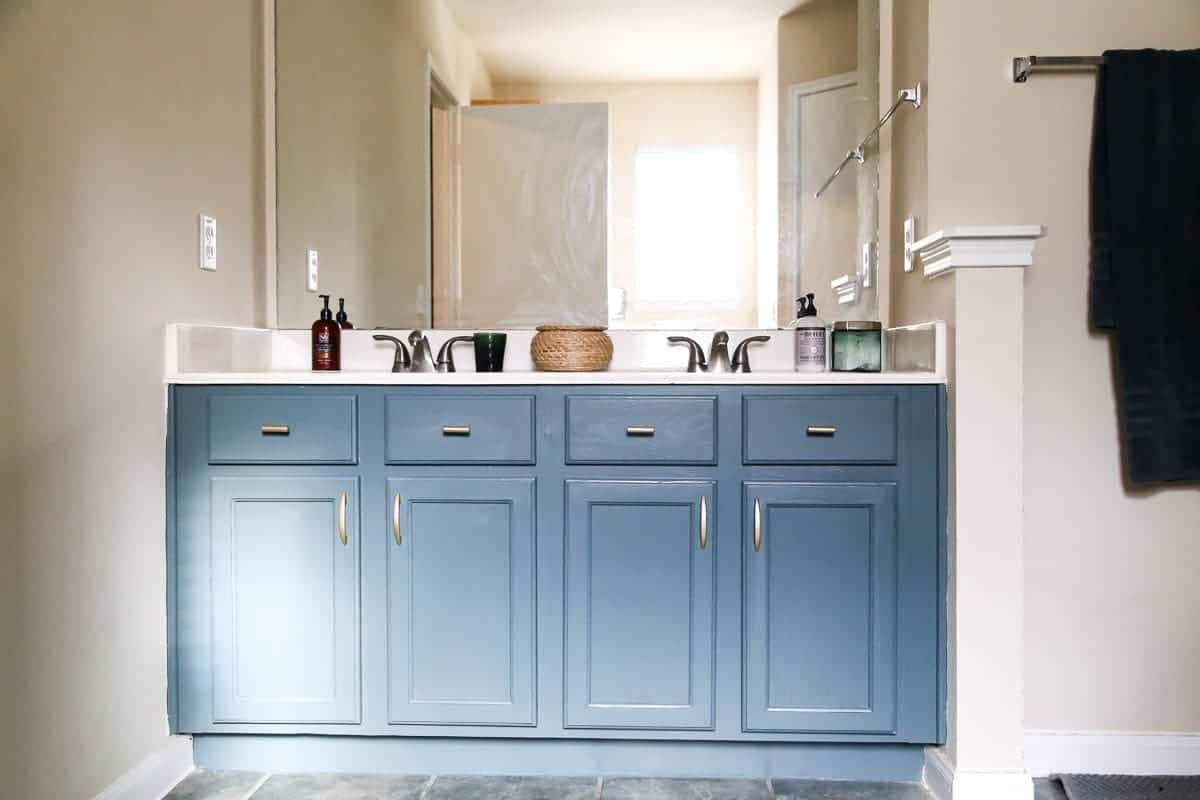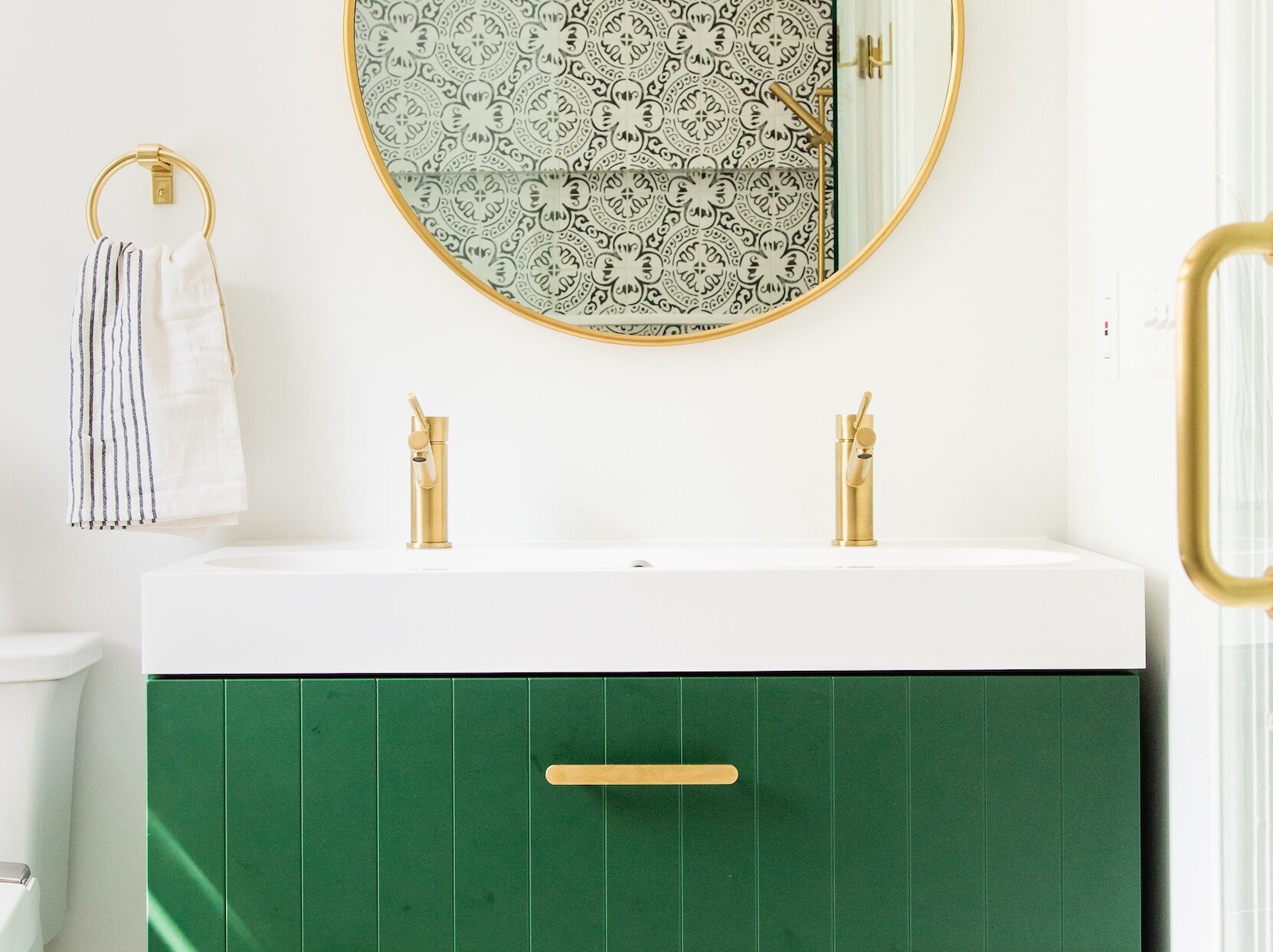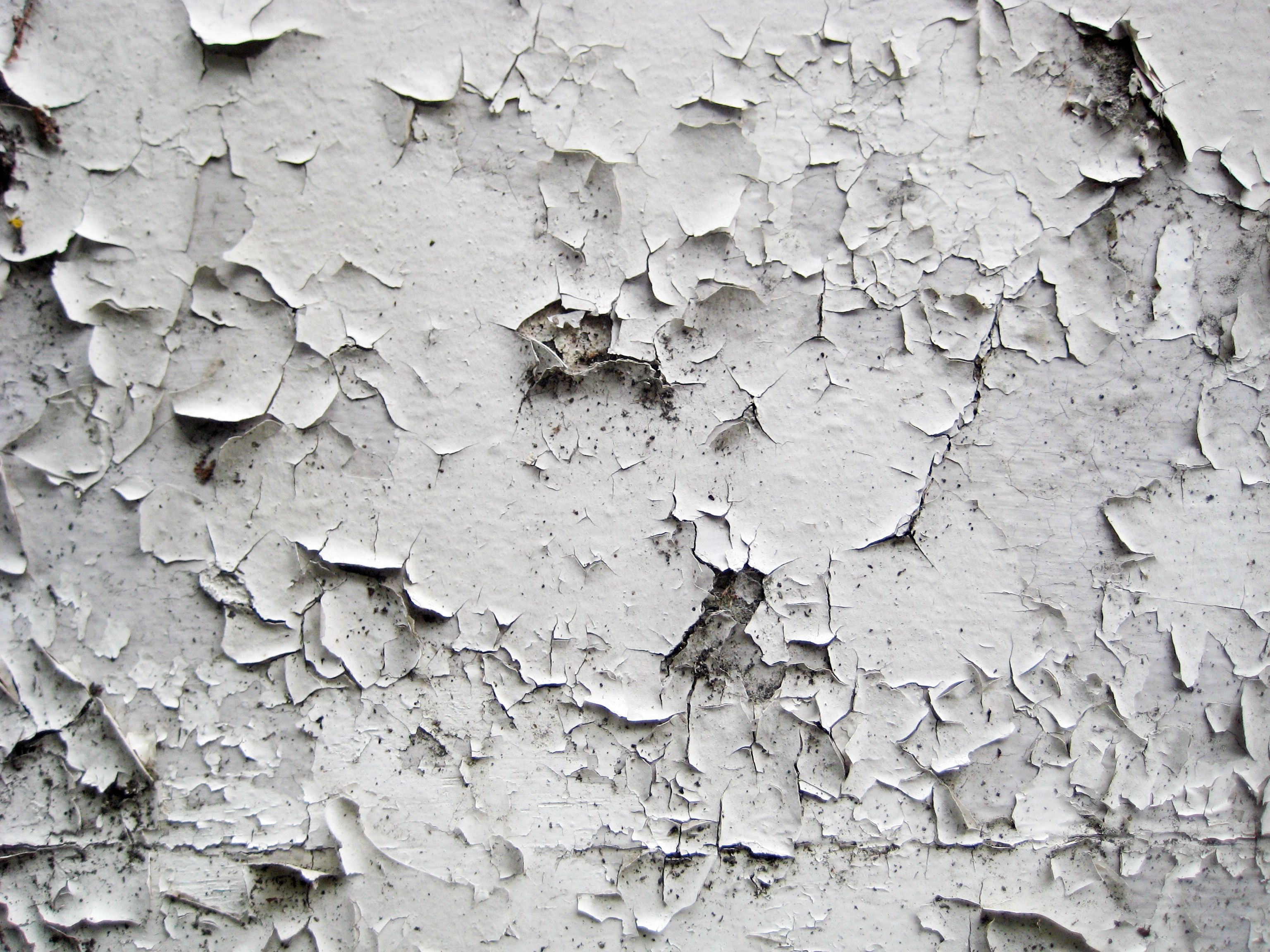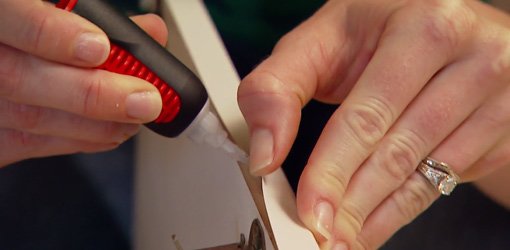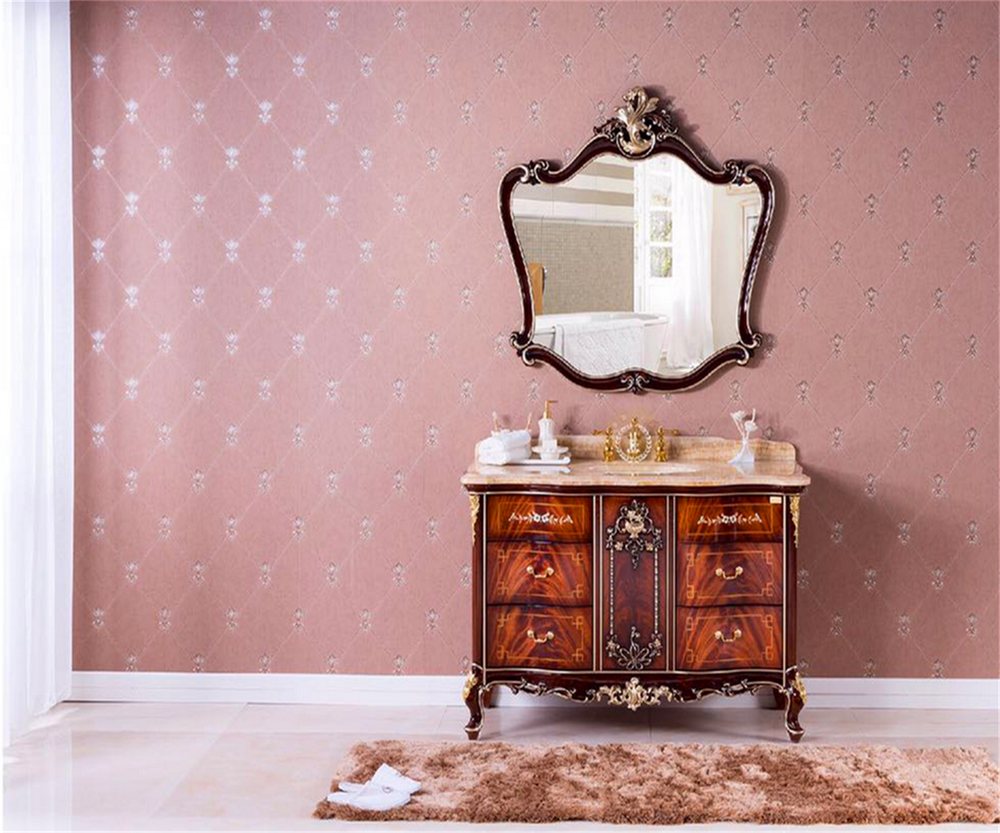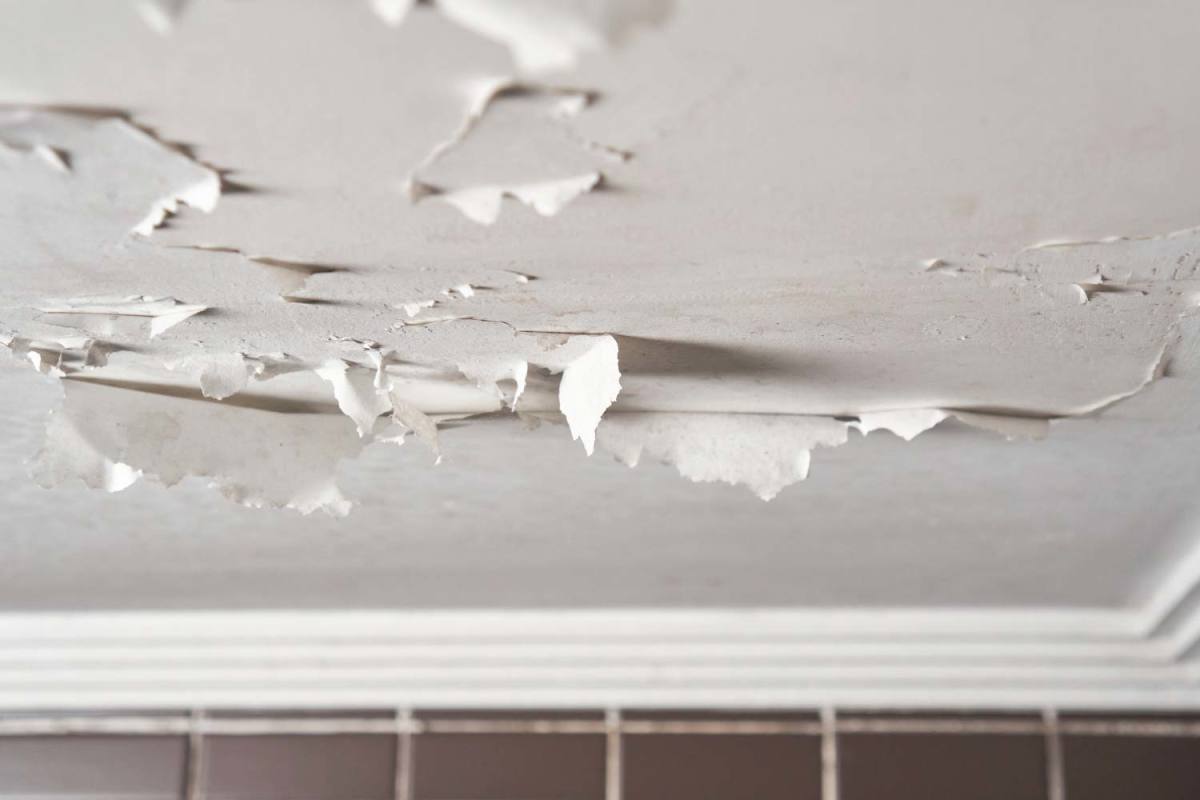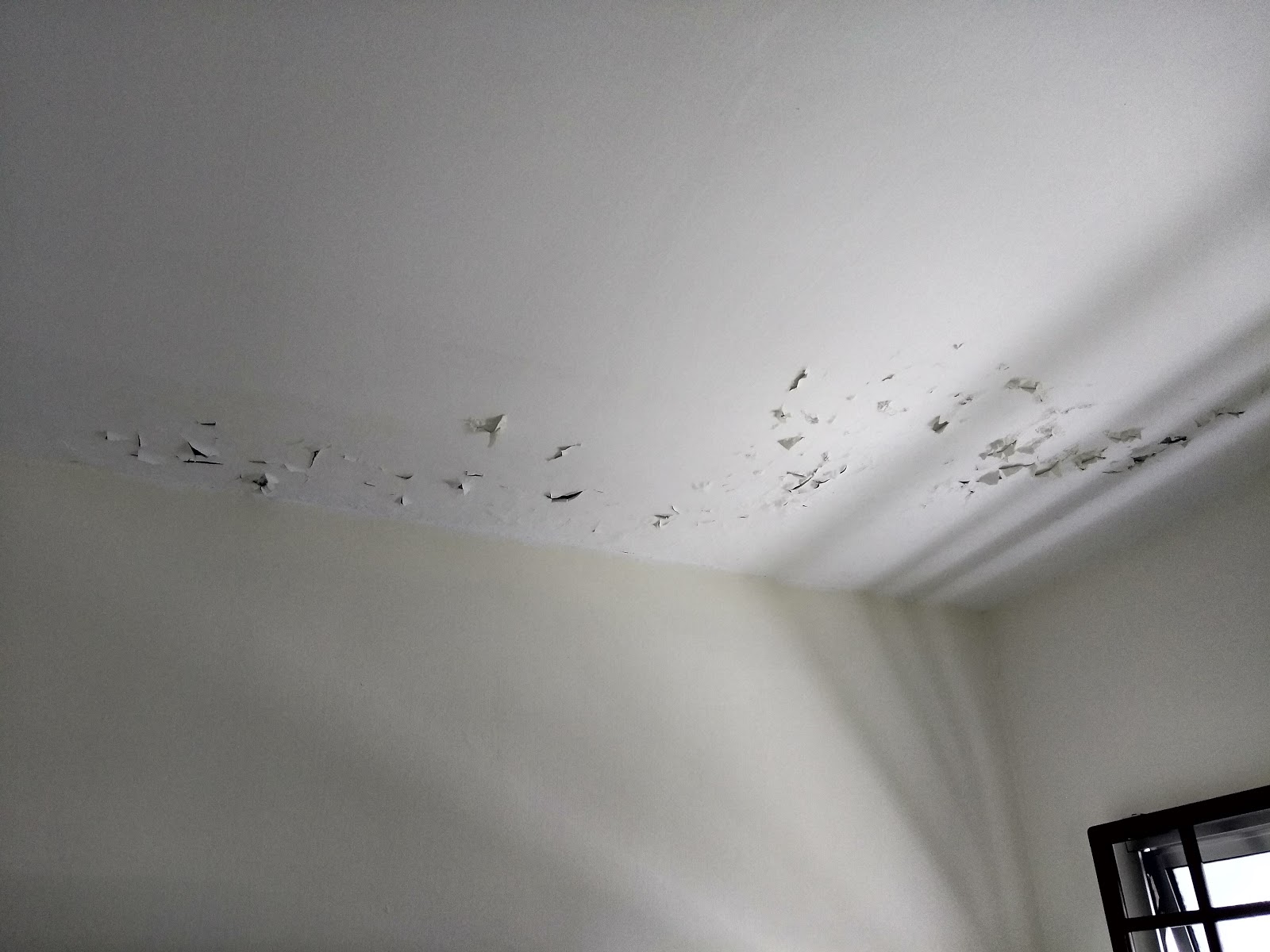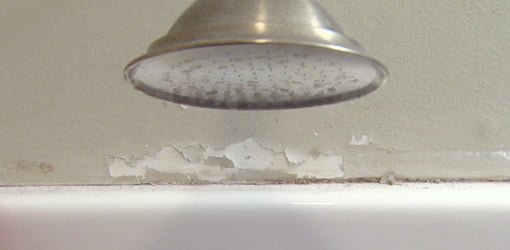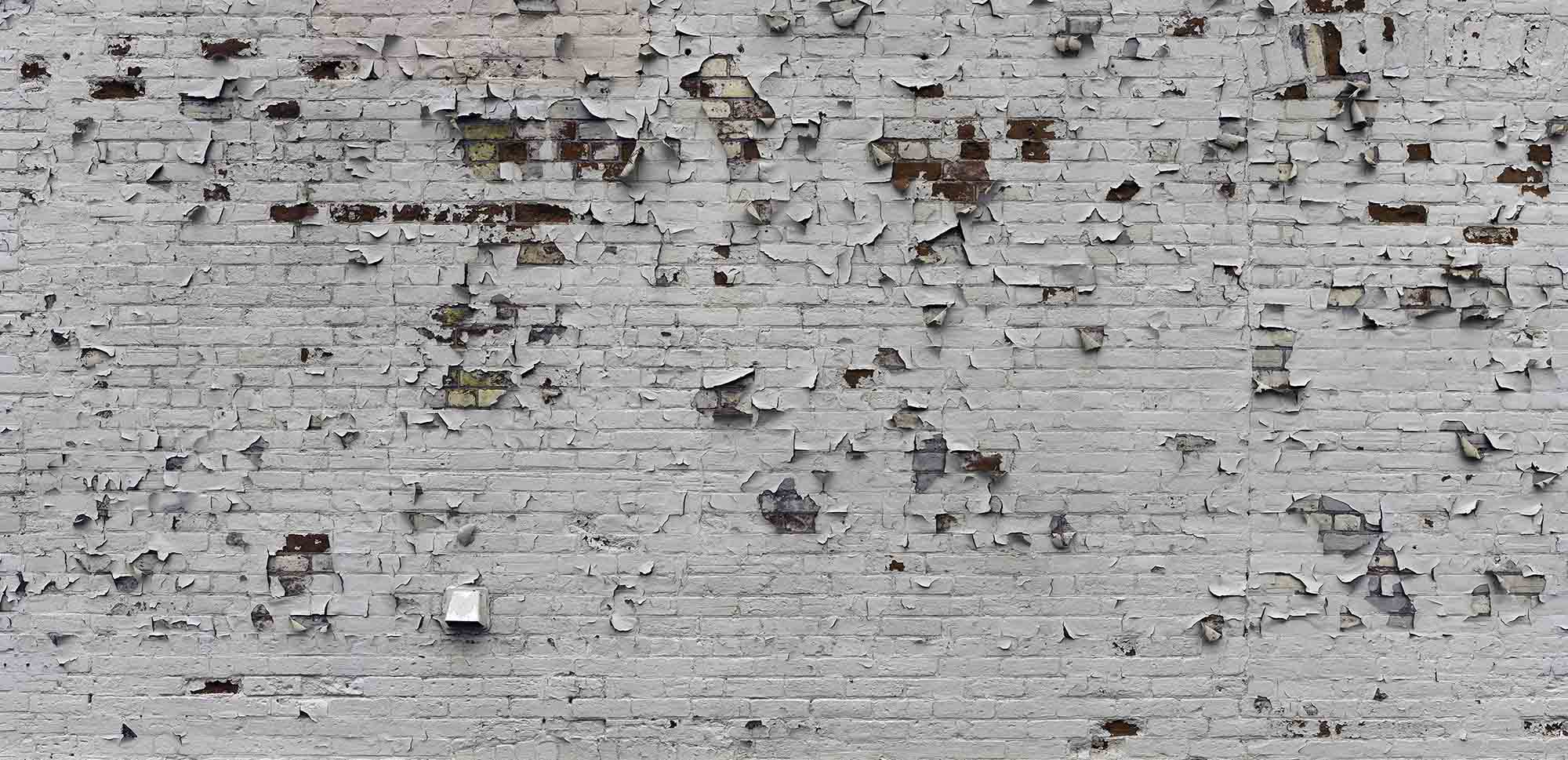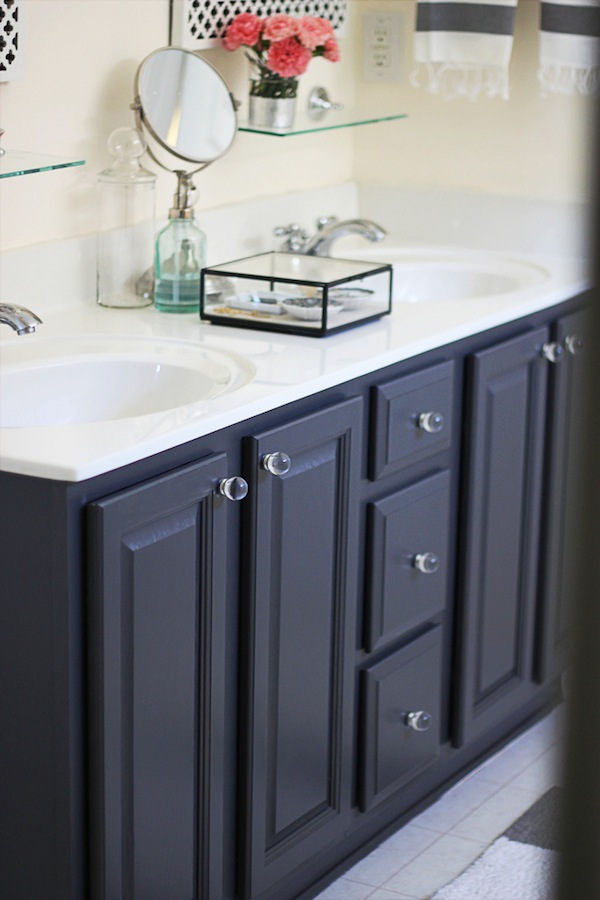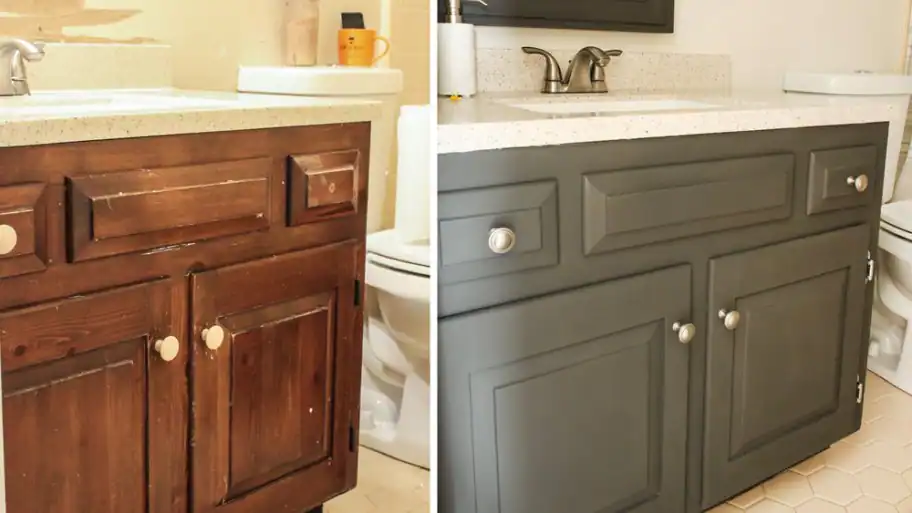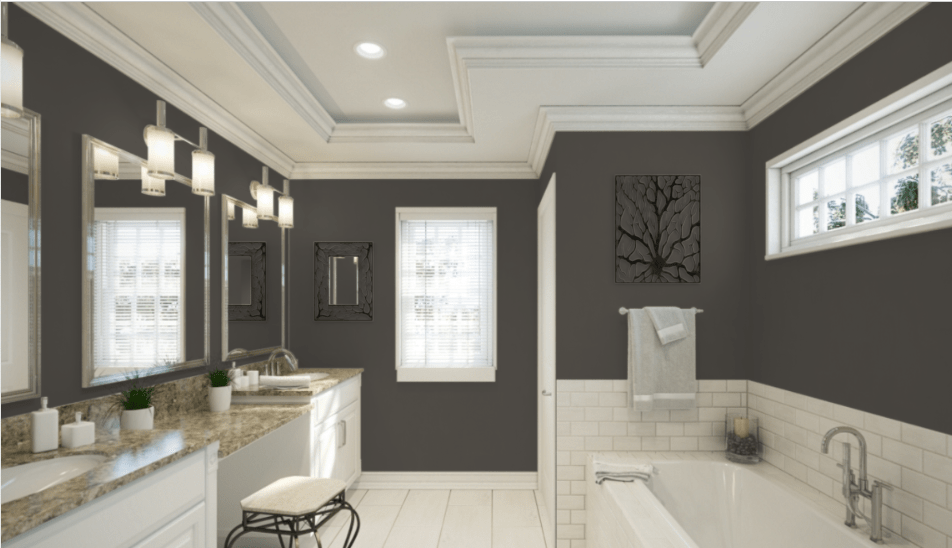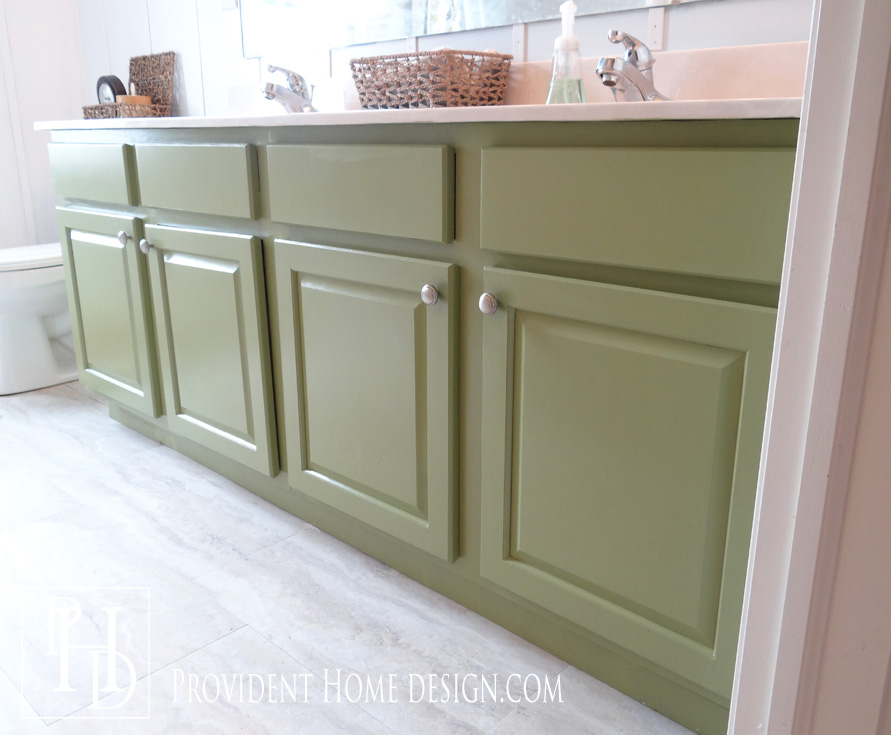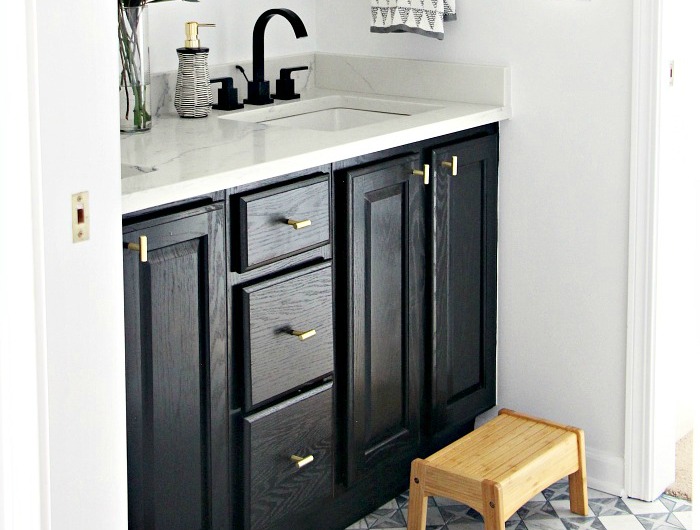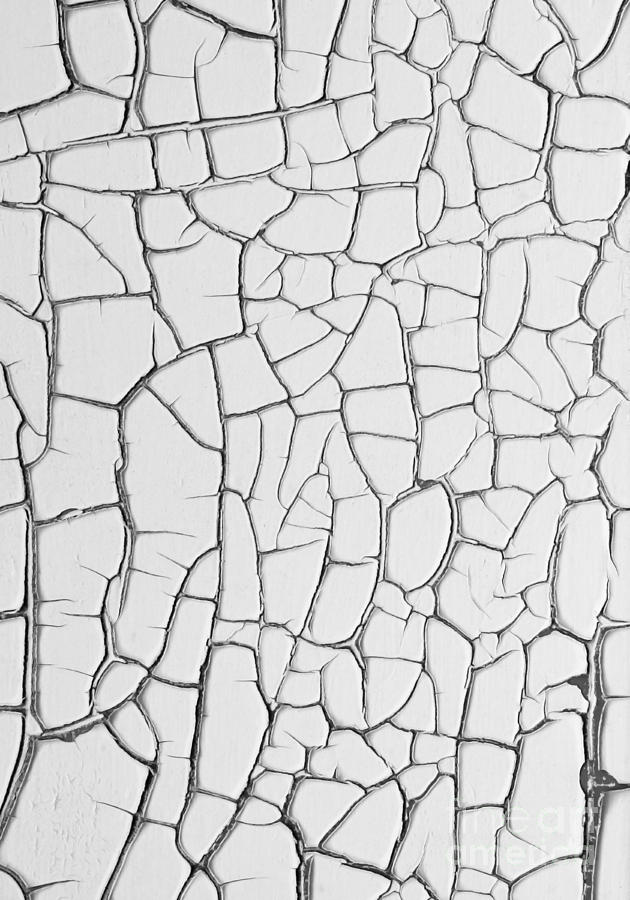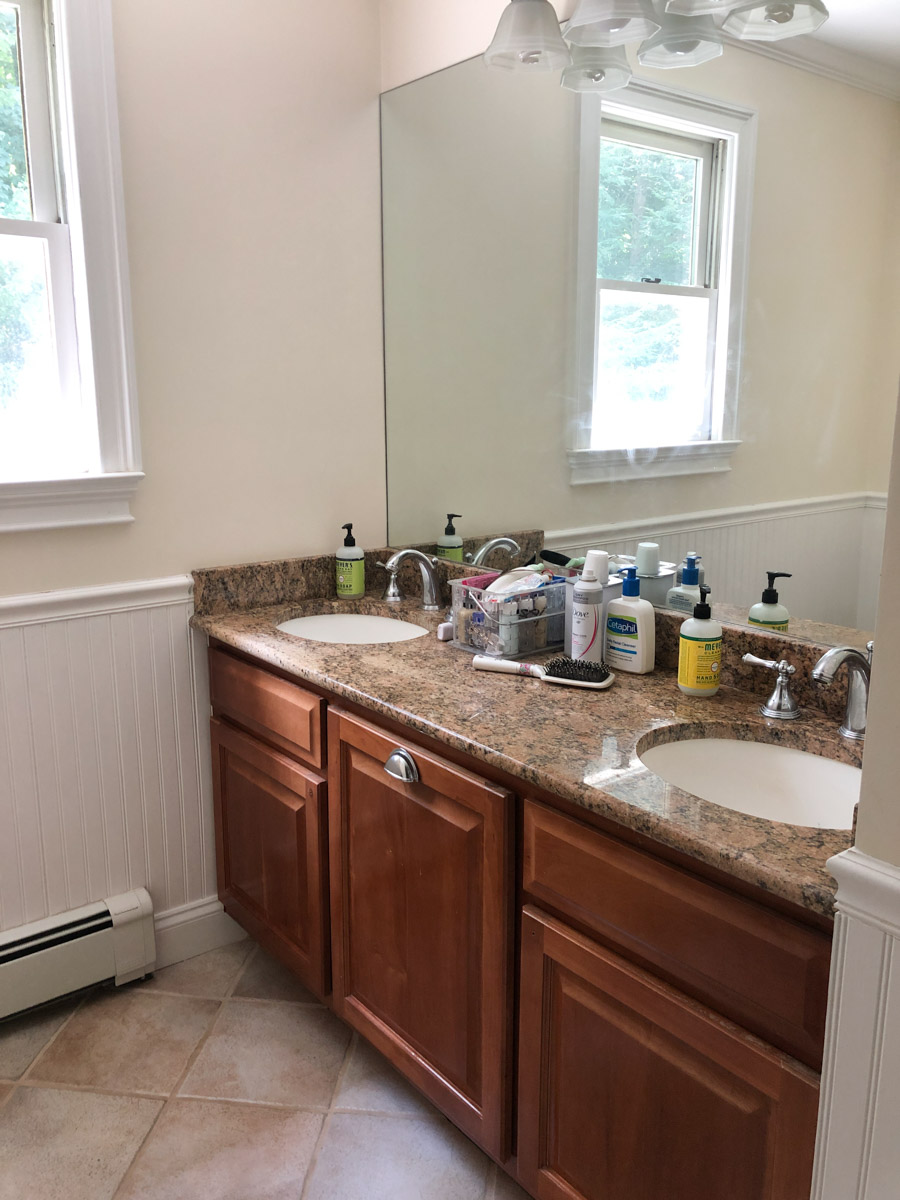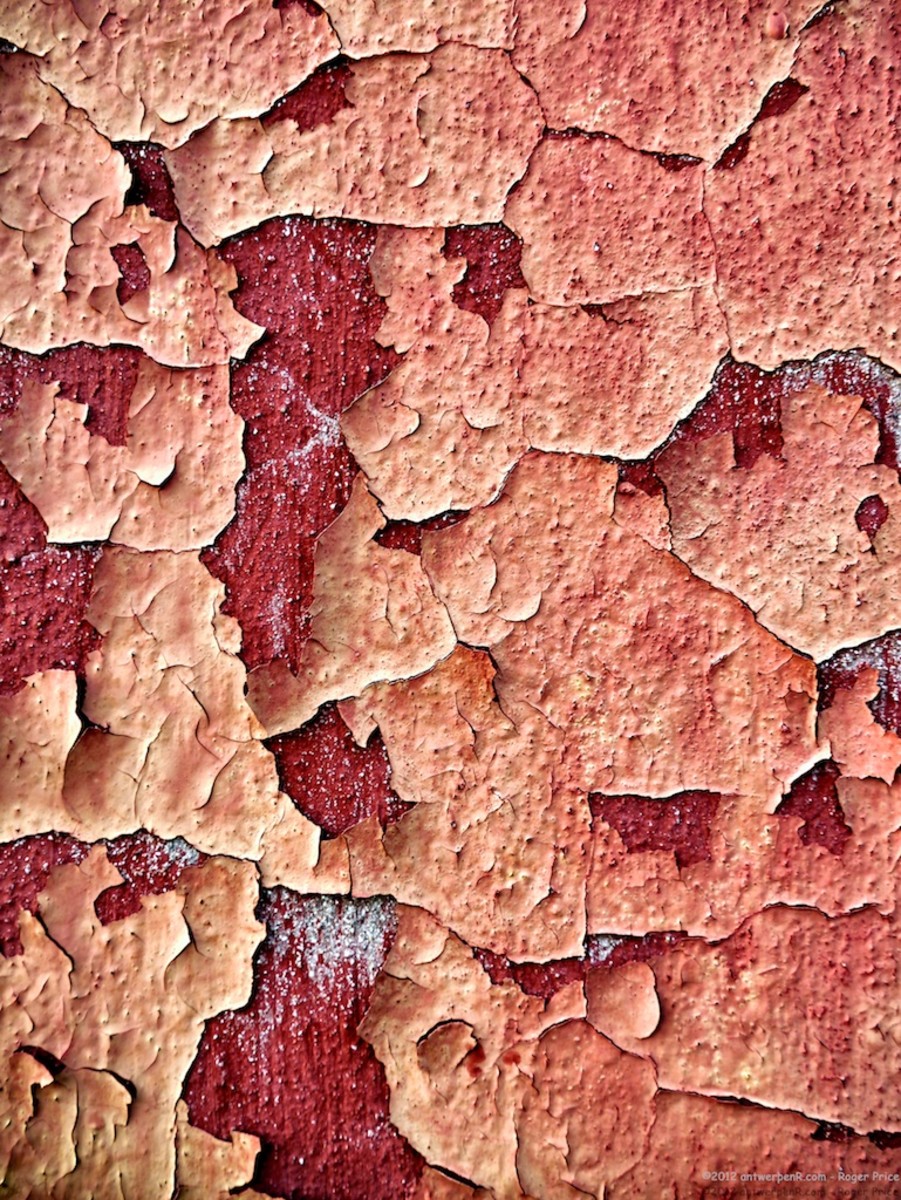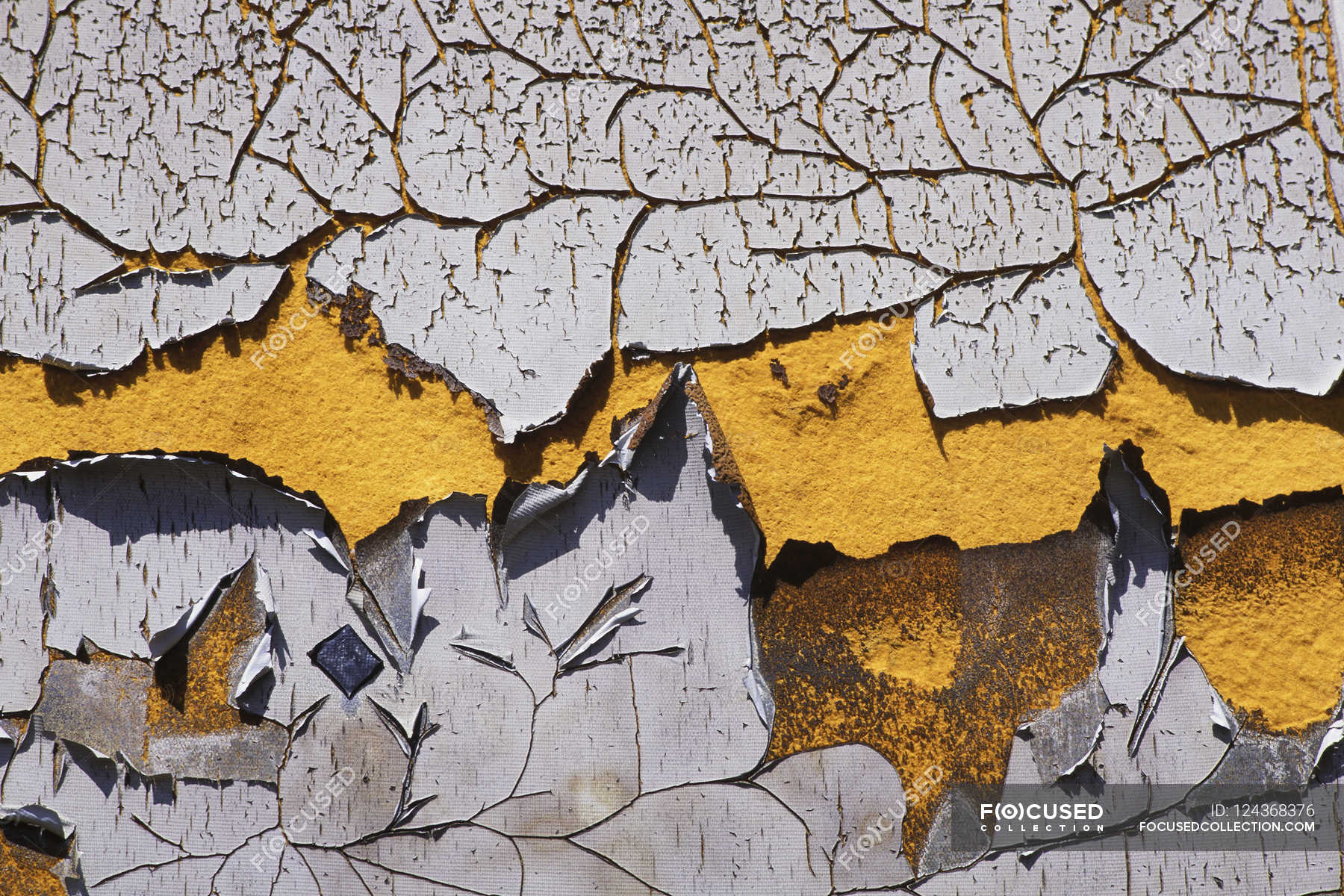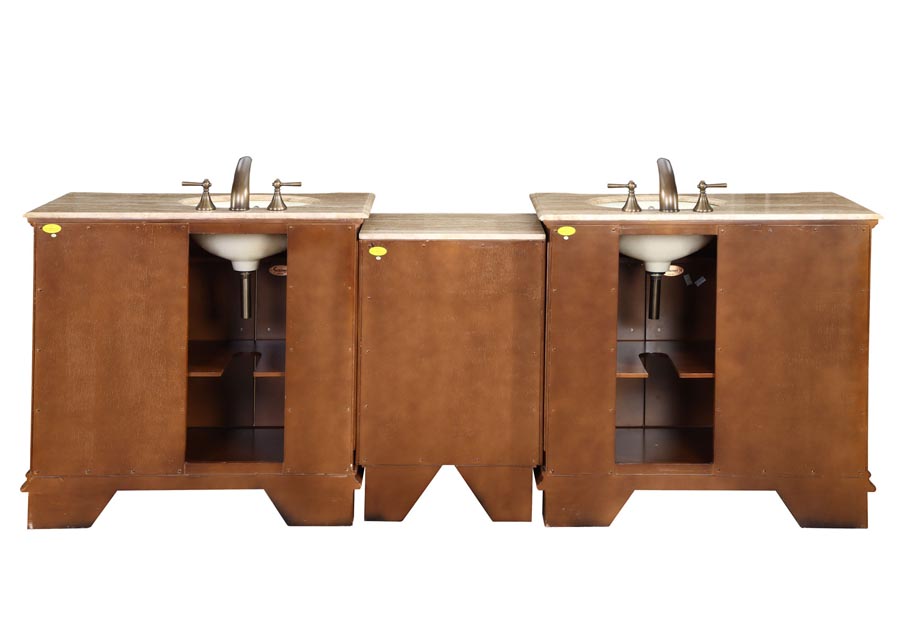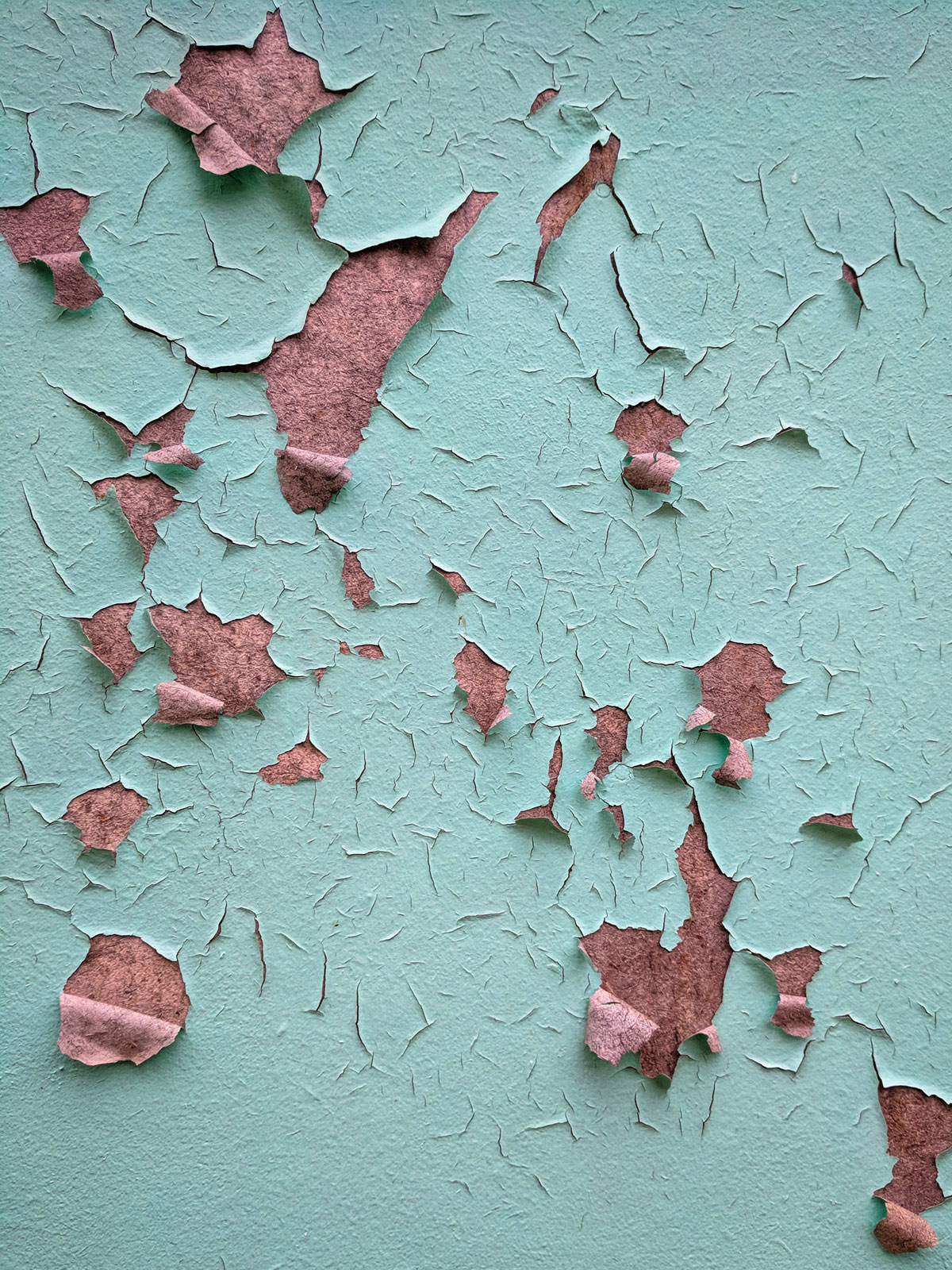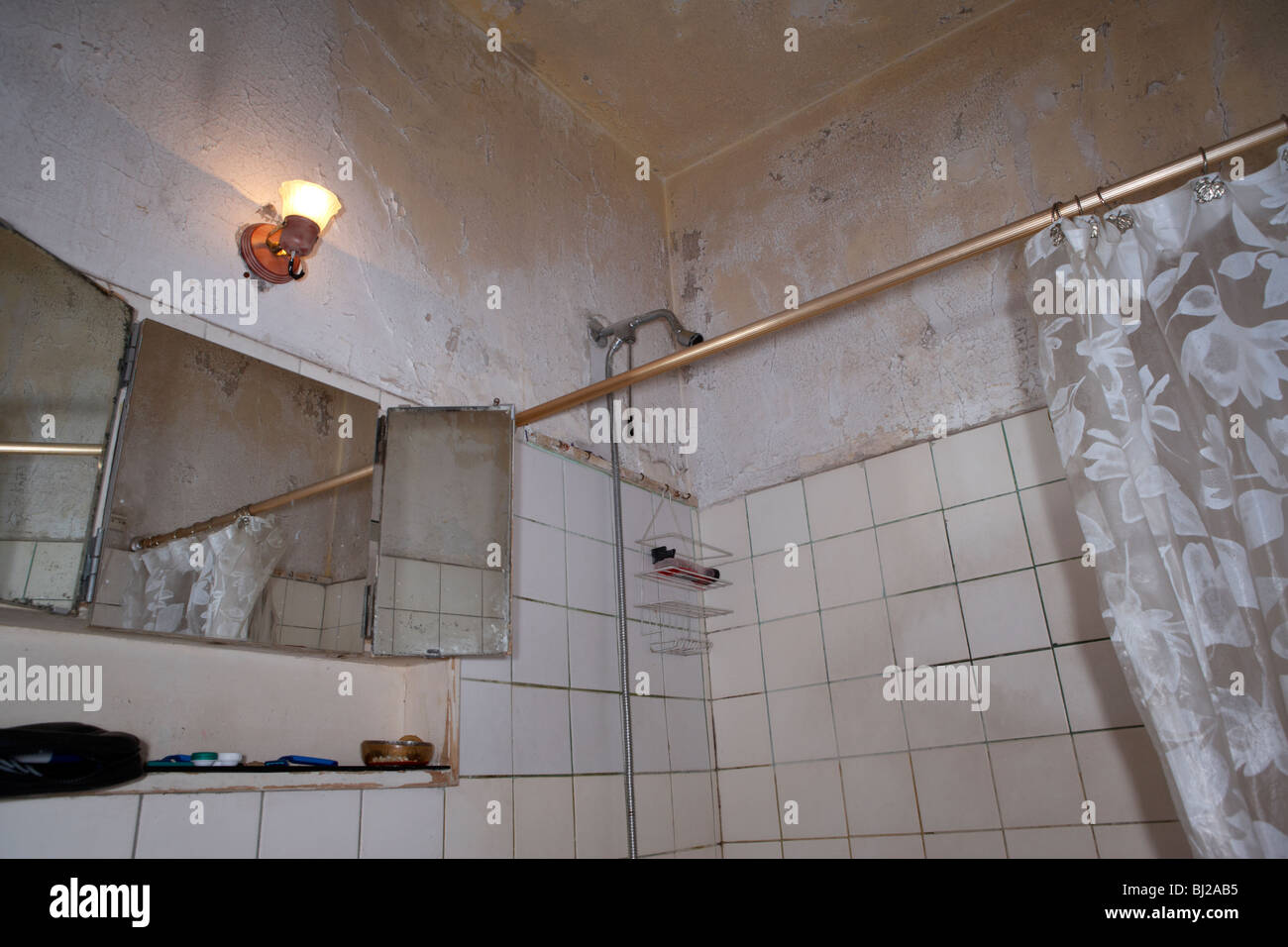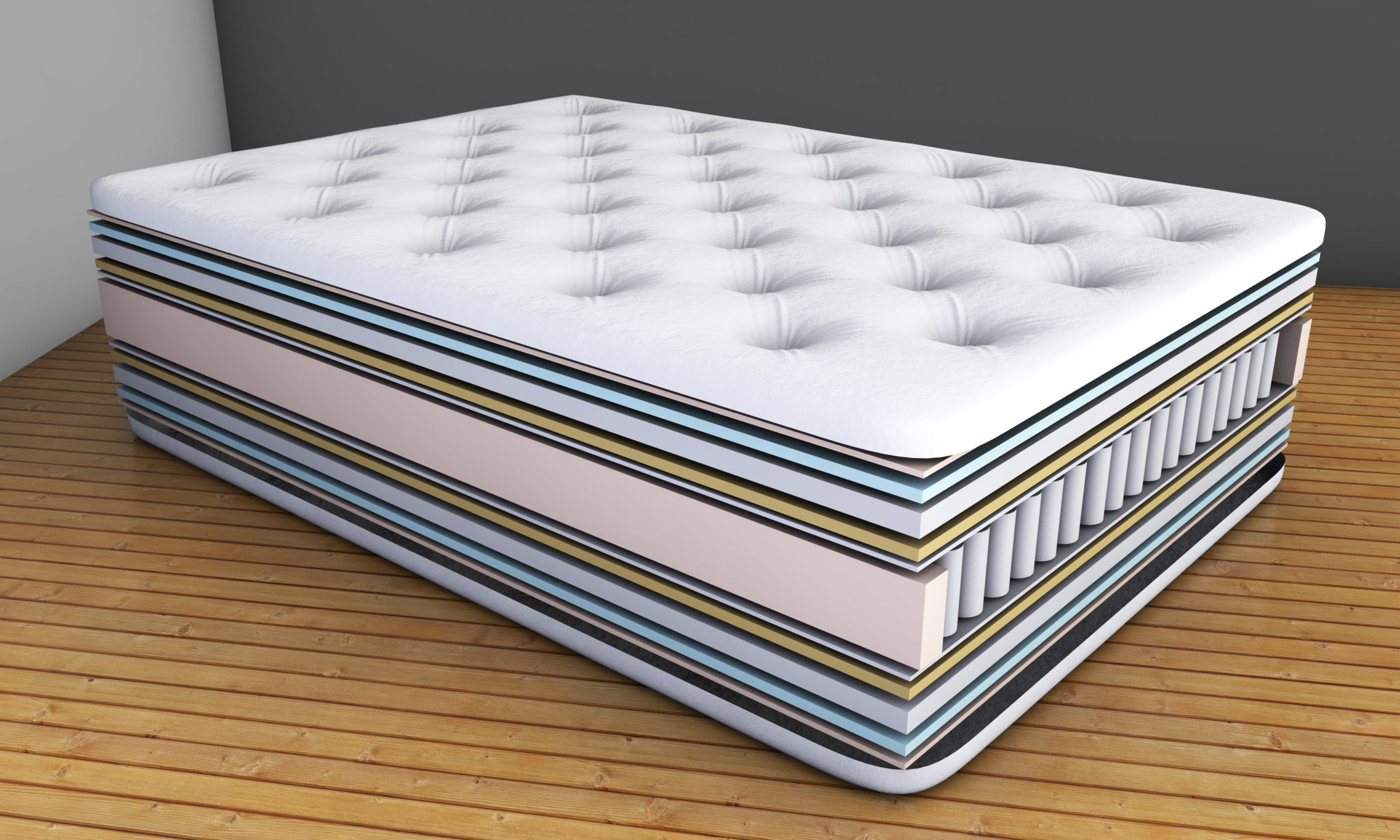If you've noticed your bathroom vanity paint peeling, you're not alone. This is a common problem that many homeowners face, and it can be frustrating to deal with. Not only does it affect the appearance of your bathroom, but it can also be a sign of underlying issues. In this article, we'll discuss the top 10 causes of bathroom vanity paint peeling and provide solutions to help you address the problem. Bathroom Vanity Paint Peeling: Causes and Solutions
Before we dive into the solutions, it's important to understand the root causes of bathroom vanity paint peeling. Here are the top 10 reasons why your vanity paint may be peeling: What Causes Bathroom Vanity Paint to Peel?
Bathrooms are naturally humid environments, and excess moisture can cause paint to peel. The constant exposure to steam and water can weaken the adhesion of the paint to the vanity surface, leading to peeling. 1. Moisture and Humidity
Using low-quality paint can also contribute to peeling. Cheap paints often have less adhesive properties and may not hold up well in a bathroom setting. 2. Poor Paint Quality
Proper surface preparation is crucial for a lasting paint job. If the surface of your vanity was not cleaned, sanded, or primed before painting, the paint may not adhere properly and can peel off. 3. Inadequate Surface Preparation
If your vanity is old and has been painted multiple times, the layers of paint may be too thick, making them prone to peeling. 4. Age of the Vanity
A poorly ventilated bathroom can trap moisture and heat, creating the perfect environment for paint to peel. Proper ventilation is essential in preventing this issue. 5. Poor Ventilation
Using harsh chemicals or abrasive cleaners on your vanity can damage the paint and cause it to peel. Stick to gentle, non-abrasive cleaners to protect your paint job. 6. Harsh Cleaning Products
If your bathroom walls are damp, it can lead to water seeping into the vanity and causing the paint to peel. Make sure to address any water leaks or dampness in your bathroom to prevent this issue. 7. Damp Walls
Sun exposure can cause paint to fade and peel. If your bathroom gets a lot of natural light, consider using paint with UV protection to prevent this issue. 8. Sun Exposure
Why Choosing the Right Paint is Essential for Your Bathroom Vanity

Cracked, peeling paint on your bathroom vanity can be a major eyesore in an otherwise beautiful room. Not only does it ruin the aesthetic of your bathroom, but it can also be a sign of underlying issues that need to be addressed. One of the main reasons for bathroom vanity paint peeling is using the wrong type of paint. In this article, we will discuss the importance of choosing the right paint for your bathroom vanity and how it can prevent peeling and maintain the overall design of your house.

When it comes to painting your bathroom vanity, it may be tempting to use any leftover paint you have lying around the house. However, not all paints are created equal. Bathrooms are high-moisture areas, which means they are prone to humidity and frequent temperature changes. This can cause the paint to expand and contract, leading to cracks and peeling.
Using a paint specifically designed for high-moisture areas, such as bathrooms, is crucial in preventing peeling. These types of paints are typically labeled as "bathroom paint" or "bathroom and kitchen paint" and contain special ingredients to withstand moisture and temperature changes.
Another factor to consider when choosing the right paint for your bathroom vanity is the sheen. High-gloss or semi-gloss paints are recommended for bathroom vanities as they are more resistant to moisture and easier to clean. These sheens also add a shiny, reflective finish to your vanity, giving it a sleek and polished look.
It is also important to properly prepare the surface before painting. This includes sanding down any rough spots or imperfections, cleaning the surface thoroughly, and using a primer. A primer creates a smooth and even base for the paint to adhere to, preventing peeling and ensuring a long-lasting finish. Skipping this step can result in the paint not properly adhering to the surface and leading to peeling and cracking.
Lastly, using multiple coats of paint can also help prevent peeling, as it creates a thicker and more durable layer. Be sure to wait for each coat to dry completely before applying the next one to achieve the best results.
In conclusion, choosing the right paint for your bathroom vanity is crucial in preventing peeling and maintaining the overall design of your house. Be sure to opt for a high-quality, moisture-resistant paint with the appropriate sheen and properly prepare the surface before painting. With the right paint, your bathroom vanity will not only look beautiful but also withstand the high-moisture environment for years to come.



